Thing Theory
Do objects have impact on us? When does an object become more than just it’s function? What symbols and meanings do objects hold?
Bill Brown defines thing theory as how the inanimate object world helps to form and transform human beings. Our material world shapes us in economic and symbolic value. What do we notice? The thingness of objects becomes visible and knowable when there is an interruption of the function. A glass that is broken now becomes a thing. It is recognizing the thingness of an object like a glass that used to be your grandmother's. How do objects raise awareness to spaces, time, and memory?
Objects have a clear purpose. A cup is to be filled, it is stored in the cupboards, and it is used when it is time to drink. But when the cup breaks, it becomes a thing as the function and role has been interrupted forcing us to see it differently. Maurice Merleau-Ponty says the, “body is a thing among things.” Brown goes onto say that, “We begin to confront the thingness of objects when they stop working for us… when their flow within the circuits of production and distribution, consumption and exhibition, has been arrested, however momentarily” (Thing Theory 4). It is only when we are sick with a cold and can no longer pass any air through our nose that we become aware of our breathing, or lack thereof.
Alfred Gell's Art and Agency presents an anthropological theory that views art objects as active agents, capable of influencing social interactions and mediating agency within communities. This perspective treats art not merely as aesthetic objects, but as dynamic systems with the power to reshape the world around them. Gell’s theory draws on a wide range of artistic traditions from across the globe, exploring how art objects can function as "living presences" through their creation and reception within specific social contexts. A central idea in Gell’s theory is that art objects possess agency: they are not just passive representations, but can actively engage with social life, serving as "indexes" that signal the agency of either the artist or the person represented. How was it made versus who was it made for? Gell asks us to recognizing objects as social things What is it for? What is the meaning? What meaning is embedded in its use?
As a graduate student, I take my backpack everywhere for the past several years. It is bright and colorful and holds all of my things for long days in classrooms. The left strap is worn to the point of the fabric having a hole in it and the color is gone from the numerous times I have swung it over my shoulder. One of the zippers has been replaced with a ribbon from when it got snagged on a chair and pulled off. The right side pocket it stretched out from my over sized water bottle. These small things give the bag meaning and holds stories. This is what Jane Bennett begins to illustrate how objects and things influence us.
In The Philosopher Who Believes in Living Things Jane Bennett draws attention to how things have agency and are not inert. She gives the example of toys, baby blankets, and favorite clothes that we can not help but hang onto as we have assigned meaning and memories to them. But it is not just the valuable things that influence us but even trash plays an active part in shaping how we experience life.
Thing Theory gives us the opportunity to see objects in a new light and all the connections we have to the spaces around us. Read more about Art that focuses on Thing Theory here:
https://www.artnews.com/art-in-america/features/thing-theory-sculpture-roundtable-1234639481/



